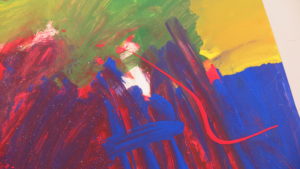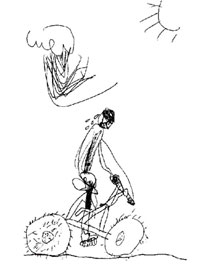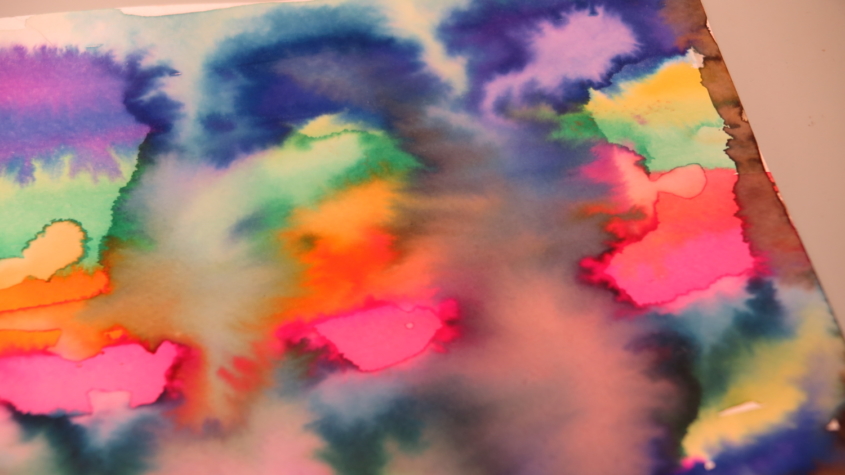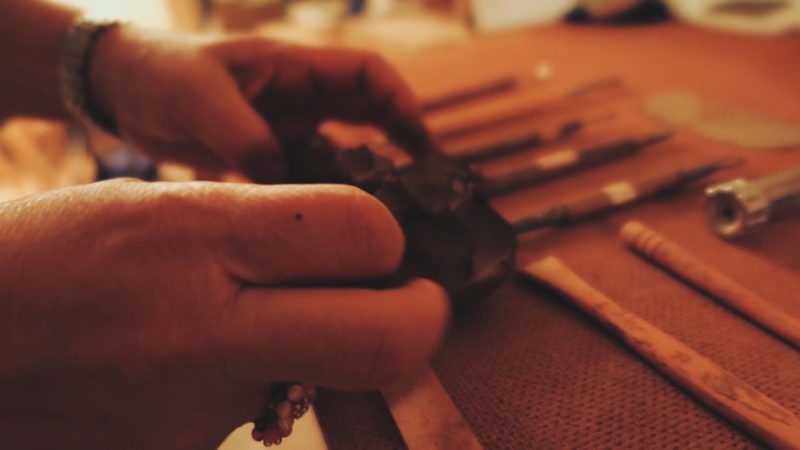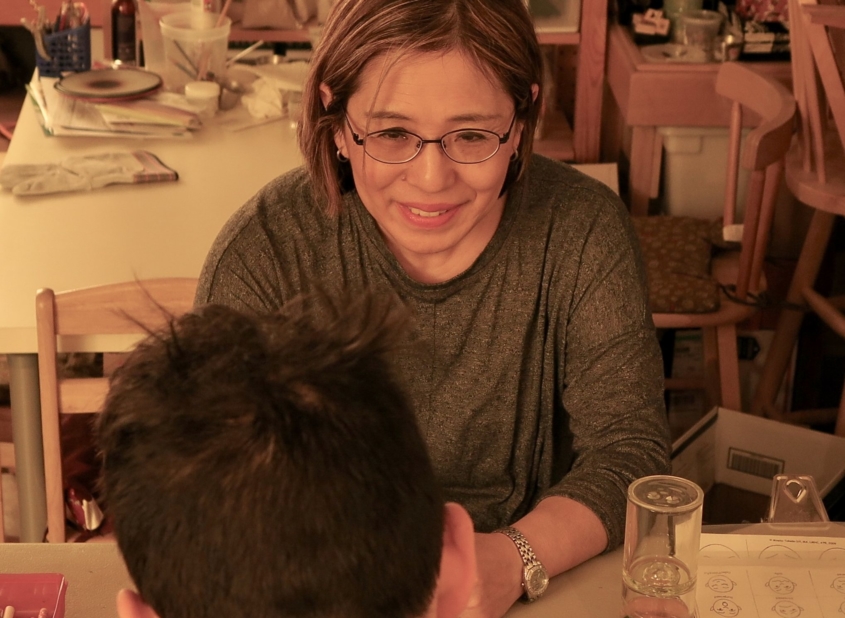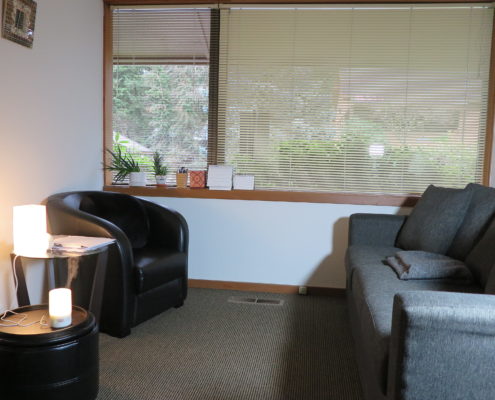Throughout history, people have recognized the power of art and its healing potential. Many artists have used the power of the creative process to express their own thoughts and feelings. Early in the 20th century, both art instructors and psychotherapists began to see the value of creative art activities for healthy psychological growth.
Art Therapy considers two women, Margaret Naumberg and Edith Kramer, as pioneers.
Starting in the middle of the 20th century, in NYC, Naumberg utilized art to help her patients to communicate pictorially and combined it with talk therapy to begin to understand unconscious expression in their art. Art Therapy is used as a part of talk-therapy, psychotherapy and counseling sessions. We call her approach, art psychotherapy.
Kramer placed the value of art therapy on the very act of creating art as a healing act. Her approach is called, Art as Therapy. Kramer’s teaching reflected art therapists who work at oncology, nursing homes, schools. psychiatry and community centers. They often collaborate with other helping professionals in addition to acting as a mental health counselor. For example, art therapy is used in a waiting room for chemotherapy, where people have a space to express their anxiety and other emotions or just have a fun time in a stressful location. In many areas of the country, Art Therapists join the after treatment meetings with the doctors and nurses and talk about how to help with the emotional elements of cancer treatment.
In the State of Washington, many art therapists work in the mental health field and function as art therapists/licensed mental health counselors.
To be an Art Therapist, I was trained in three areas; psychology, studio art, and art education. I use both Art Psychotherapy and Art as Therapy approaches in my art therapy practice, depending on what is best for helping you!

art room in Bellevue
